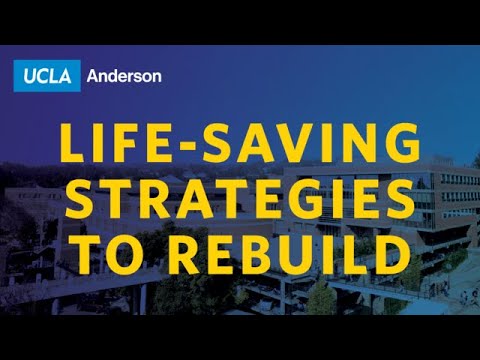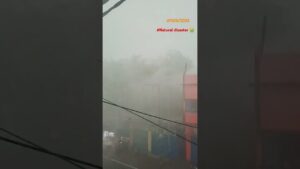
In 2021, the nonprofit Internal Displacement Monitoring Center reported that 1.7 million people in the U.S. were newly displaced in 2020, primarily by extreme weather and climate events — which means they were refugees in their own places of residence, owing in most cases to devastating storms, floods and wildfires.
The UCLA Ziman Center for Real Estate continued its series Climate Change, Health and the Built Environment with a discussion of whether, when and how to build and rebuild in areas at high risk of climate disaster. The life-saving strategies of “greening” cities can increase community resiliency, but they may also lead to gentrification and displacement of already vulnerable communities. A panel of professionals in urban planning, environmental conservation and academe turned their attention to the promise and effects of climate solutions that incorporate cross-sectoral practices.
Panel:
Jessica Bremner, Consultant at Kounkuey Design Initiative and Ph.D. Candidate at @UCLALuskin School of Public Affairs
Dan Efseaff, District Manager at Paradise Recreation and Park District
Liz Koslov, Ph.D., Assistant Professor in the UCLA Department of Urban Planning and @UCLAIoES (UCLA Institute of the Environment and Sustainability)
Ryan Luster, Senior Project Director at @TheNatureConservancy
David Eisenman, M.D., MSHS (Moderator), Deputy Director at UCLA C-Solutions, Director of the UCLA Center for Public Health and Disasters and Professor in Residence at the UCLA @UCLAGeffenSOM and @uclafieldingschoolofpublic6810
UCLA Ziman Center’s third installment of the series Climate Change, Health and the Built Environment was jointly presented by the UCLA Center for Healthy Climate Solutions and the Center For Impact@Anderson, with event partner UCLA Latino Policy and Politics Initiative. Learn more:
https://www.anderson.ucla.edu/about/centers/ucla-ziman-center-for-real-estate
#affordablehousing #climatechange #realestate
source




Wef puppets
TY for sharing